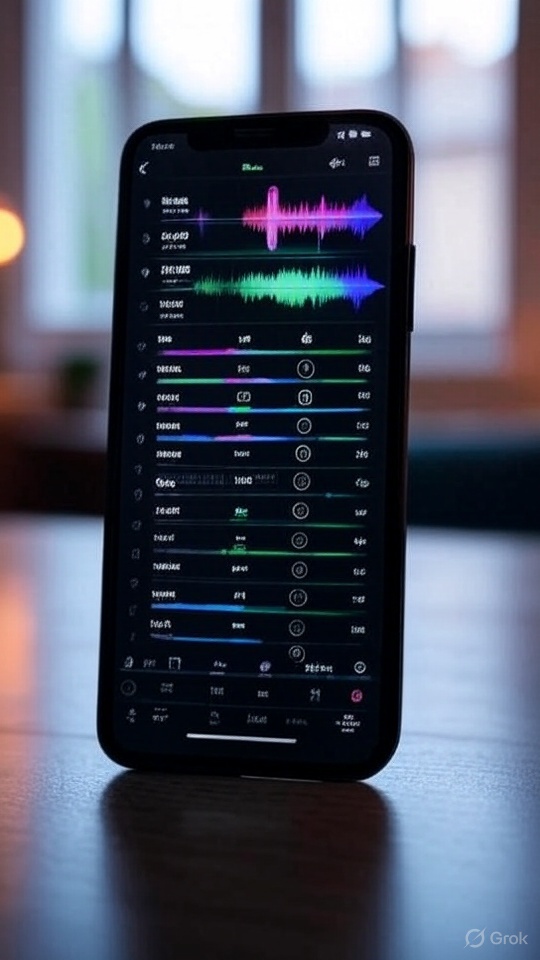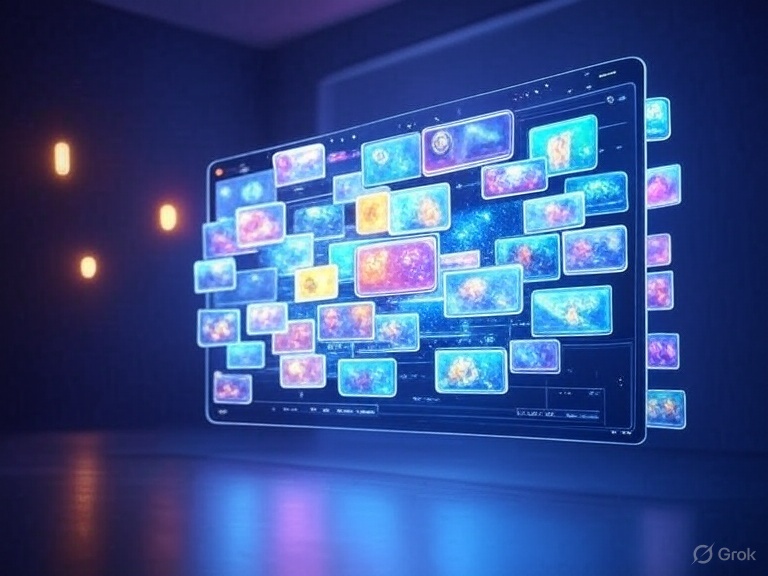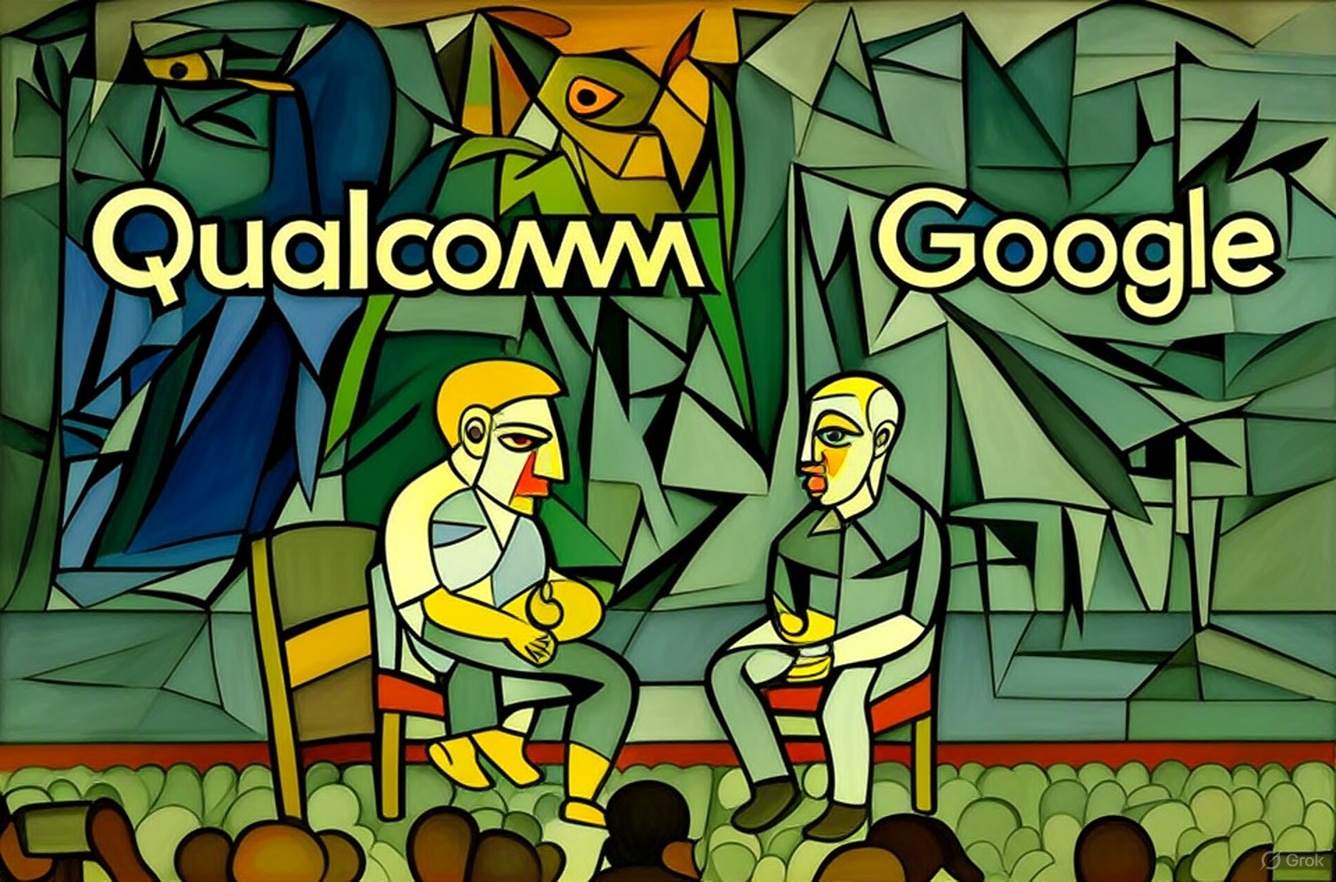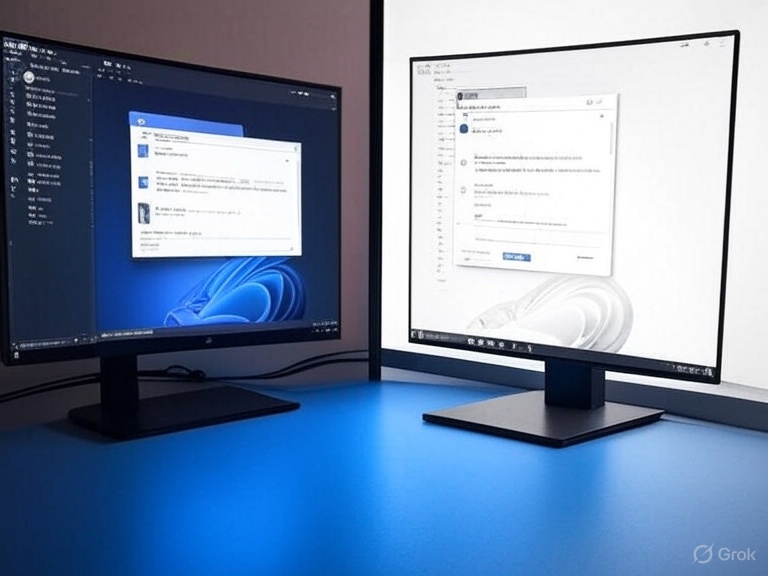
Spotify Turns Your Playlists Into DJ Mixes With New Custom Transitions
Spotify is giving playlists a professional upgrade. With the launch of custom transitions, Premium users can now fade, blend, and fine-tune songs like a DJ—without ever leaving the app.
Spotify is taking playlists to the next level. The streaming giant has rolled out a new custom transitions feature that lets Premium subscribers turn their everyday playlists into DJ-ready mixes.
With nearly 9 billion playlists already created on the platform, Spotify is now catering to music lovers who want more than just shuffle and repeat.
How It Works
To get started, just open any playlist, tap “Mix” on the toolbar, and begin editing. From there, you can:
- Add automatic transitions between songs, or customize your own.
- Choose from preset styles like fade, rise, or blend.
- Adjust volume, EQ, and effects for each track.
- Use built-in waveform and beat data to find the perfect entry point.
Spotify even displays the key and BPM for each track, helping beginners and seasoned playlist curators alike make smoother transitions.
Competing With Apple Music
This move comes as Apple Music prepares its own AutoMix feature, currently in iOS 26 developer beta. With both services aiming to bring DJ-style mixing to casual listeners, the competition for playlist power users is heating up.
Share the Vibe
Once you’ve built your mix, you can:
- Save and share it with friends on social media.
- Collaborate with other Premium subscribers on joint playlists.
- Toggle the mix on or off, so your playlist can switch back to a traditional format when the party ends.
The Fine Print
Spotify recommends genres like house and techno, which naturally flow together, but the feature works across all music styles. Users can also personalize mixes with custom cover art, stickers, and labels designed for the new format.
The feature is rolling out globally to most Premium users today, with some APAC regions seeing a slight delay. Make sure your iOS app is updated to try it out.


